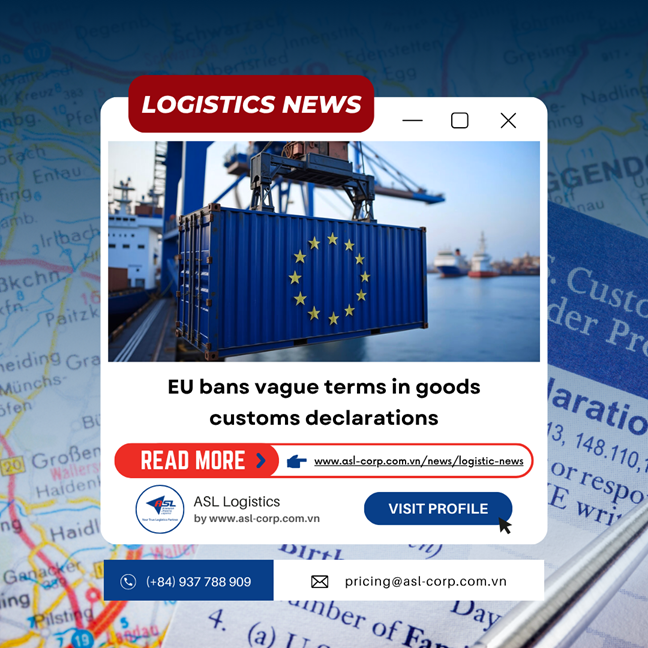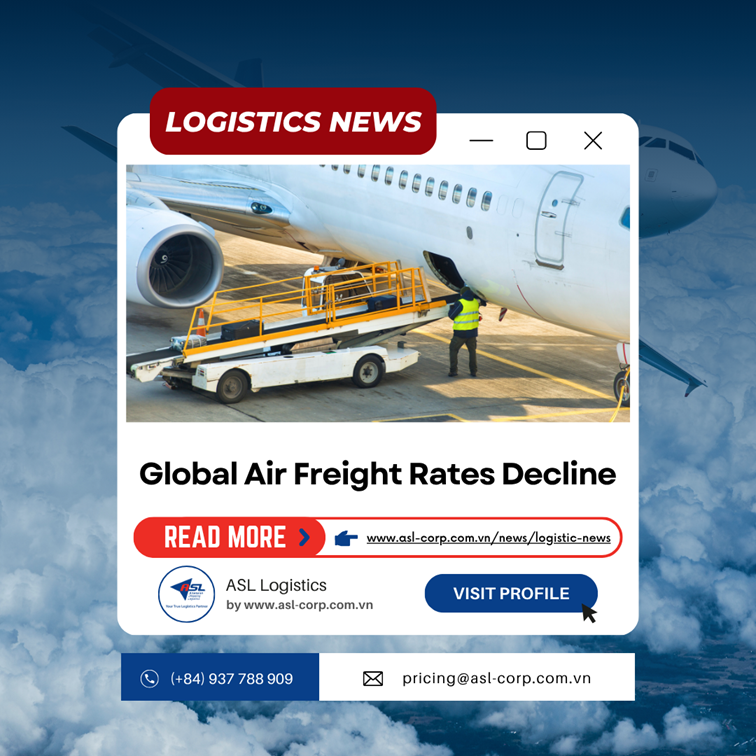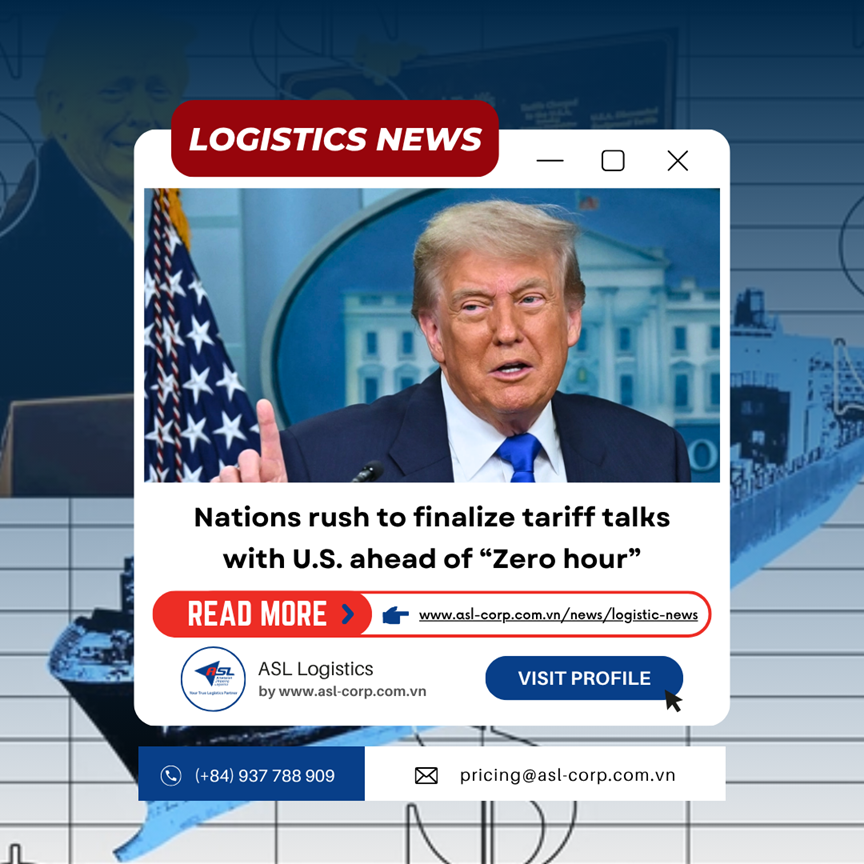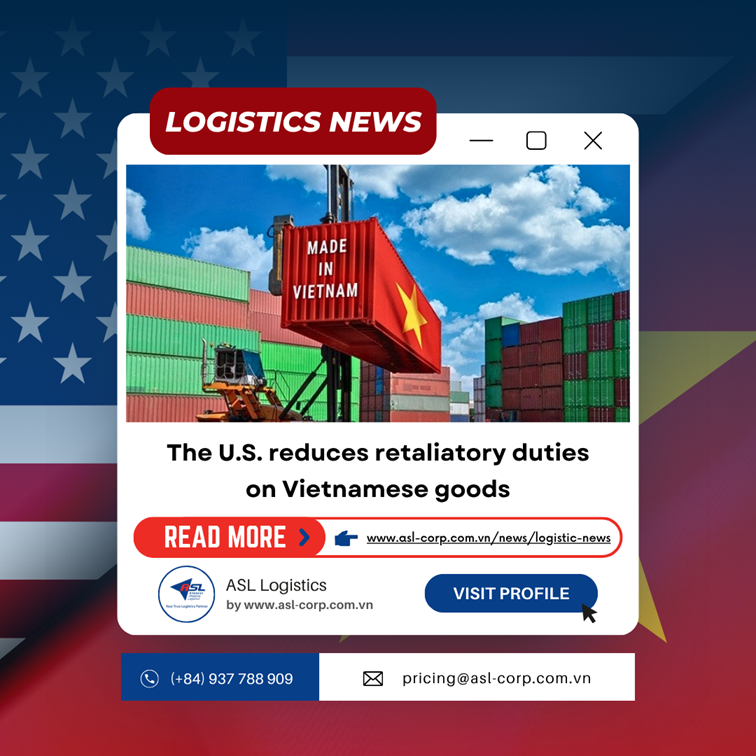Logistic News
LACK OF EMPTY CONTAINER PUSHING SEA TRANSPORTATION PRICES DRAMATICALLY
06 June 2024
Several global trade obstacles hit at the same time, causing a shortage of empty containers, pushing ocean freight rates to increase by an average of about 30% in recent weeks and are expected to increase further.
Spot freight rates rises sharply
The upcoming peak shipping season, combined with longer transit times to avoid the Red Sea and bad weather in Asia, has affected trade flows on the world's main maritime trade routes. Sea freight companies skip ports or reduce port stays and do not accept empty containers to ensure the delivery schedule of ships. The problems arise at a time when consumer goods for back-to-school and holiday seasons are being shipped across oceans.
“From the Far East to the West Coast of the US, spot container shipping rates are likely to surpass the peak of the Red Sea crisis earlier this year,” said Emily Stausbøll, senior shipping analyst at the firm. shipping consultant Xeneta, said.
Xeneta's ocean freight rate data shows that spot market prices are rising rapidly and widening the gap to longer-term rates.
“The greater the difference between long-term and short-term freight rates, the higher the risk that cargo scheduled to be loaded on the vessel will be refused transport, which we know has happened,” Stausbøll said.
Spot freight rates have fallen after a sharp increase due to the Red Sea maritime crisis in early 2024. Since the end of April, spot freight rates began to skyrocket to an average of US$1,500 per container on the routes go to USA. Currently, some of the highest rates have doubled compared to a month ago. Xeneta data indicates that ocean freight rates will increase further in early June.
Stausbøll said that the current rapid increase in freight rates evokes memories of the chaos caused by lack of shipping capacity during the Covid-19 pandemic. "Similar to that period, some forwarding companies were forced to accept high freight rates to ensure space on ships," she said.
Empty containers are in short supply
International express delivery company DHL has warned about the risk of a shortage of empty containers since January. The reason is that shipping companies have had to redirect container ships to follow longer shipping routes to avoid the Red Sea since January. when Houthi rebels launched attacks on commercial ships. This also means that containers are stuck in the oceans for longer periods of time, leaving a shortage of empty containers available at ports for packing. The shortage of empty containers was exacerbated by bad weather affecting ports in China, Malaysia and Singapore.

Containers are stuck on the ocean longer, bad weather affects ports in China and Malaysia, making the shortage of empty containers worse.
Earlier this year, logistics experts predicted there would be enough container capacity and container ships to deal with supply chain problems ranging from maritime crises in the Red Sea to drought in the Panama Canal. But Goetz Alebrand, head of Americas shipping at forwarder DHL Global Forwarding, told CNBC that ship space on many trade routes is insufficient to meet market demand.
“Trade routes from Asia to Latin America, trans-Pacific routes and from Asia to Europe are all facing space constraints on ships. The shortage of empty containers is affecting specific ports, certain service providers and certain types of containers,” Alebrand said. He pointed to a shortage of 40-foot containers at China's Chongqing inland port last week.
According to Judah Levine, head of research at online freight trading platform Freightos, in March and April, ocean carriers can use idle ships as well as ships from other routes. other to help compensate for longer trips, help containers rotate and ensure weekly departure schedules.
“But this means there is no more excess capacity in the market,” he said.
Bad weather in East Asia in late April caused some additional delays as ocean carriers bypassed some ports in the region or shortened turnaround times at destination ports. That also means fewer empty containers being returned to China.
“The recent increase in export demand from China, coupled with a decrease in the number of empty containers, has meant that shippers are starting to find it difficult to find empty containers at some export hubs. With shipping capacity stretched, increased demand, although not too strong, is still enough to push freight rates up. The shortage of empty containers pushes freight rates up even further,” said Levine.
Concerns about astronomically increase fares as during the pandemic
The latest increase in shipping rates comes after an increase at the beginning of the year due to the maritime crisis in the Red Sea. The cost of increased logistics prices will eventually be passed on to consumers. The rapid increase in shipping freight rates during the Covid-19 pandemic is one of the factors considered by the US Federal Reserve (Fed) to be the cause of inflation. Recently, logistics service providers simultaneously warned shippers around the world, including major retailers, about a shortage of empty containers.
“Ocean shipping companies are facing a serious shortage of empty containers due to prolonged congestion, canceled ships... Many shipments are delayed due to a shortage of empty containers, leading to a backlog situation. big. Therefore, capacity in the shipping market will be much more limited,” Orient Star Group, a logistics, sea and air transport service provider in Hong Kong, warned in a letter to customers. row.
Orient Star Group said that the new rate increase set for June 1 will increase the shipping cost of each container by 1,000 USD, because shipping companies are "a bit greedy" due to the sudden increase in demand. .
MSC, the world's largest ocean carrier, has announced new freight rates ranging from $8,000-$10,000 per 40-foot container shipped to the US West Coast, effective from May 15 to May 31. 5.
Taiwan's Wan Hai Lines said it will charge additional fees to ensure space on the ship.
In a notice sent to customers, forwarding service company Honor Lane Shipping (HLS) in Hong Kong warned that while spot freight rates continue to increase, capacity to transport goods from Asia continues to tighten. “That has allowed carriers to apply ‘diamond rates’ like during the pandemic.” In addition, shipping companies canceling port calls increases pressure on freight rates.
Shipping research firm Drewry said that a total of 17 itineraries were canceled on the trans-Pacific route from week 20 (this week) to week 24 of the shipping schedules of ocean carriers.
HLS said the above headwinds will not improve anytime soon as the US consumer economy remains strong. With US retail sales in 2024 forecast to increase by 2.5-3.5%, HLS predicts the tight space situation on container ships will continue at least until June.
Source: Tap chi Kinh te Sai Gon

Head Office
ASL Hồ Chí Minh
Số 31/34A Ung Văn Khiêm, Phường Thạnh Mỹ Tây, TP. Hồ Chí Minh, Việt Nam
 Công Ty Cổ Phần Giao Nhận Vận Tải Mỹ Á
Công Ty Cổ Phần Giao Nhận Vận Tải Mỹ Á
 (+84)28 3512 9759
(+84)28 3512 9759
 (+84)28 3512 9758
(+84)28 3512 9758
 pricing@asl-corp.com.vn
pricing@asl-corp.com.vn
 mdirector@asl-corp.com.vn
mdirector@asl-corp.com.vn
 www.asl-corp.com.vn
www.asl-corp.com.vn
LOGISTICS SERVICES











.png)
.png)

.png)




